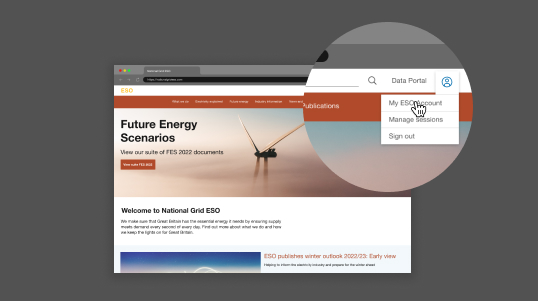Do you know your DNOs from your ESOs? And how does electricity actually get to your home, around the country and overseas?
We’re at the heart of Great Britain’s electricity system – making sure supply meets demand every second of every day – but to move electricity around requires a complex network of partners working in tandem.
We use infrastructure owned by transmission companies to pass high voltage electricity onto Distribution Network Operators (DNOs) – which provide the local wires which take the electricity from the grid and move it through their own network of power lines and underground cables, to homes and businesses.
Interconnectors are the cables that shares GB’s electricity with our neighbours abroad. While aggregators help people use electricity at the best times – for example, working with supermarkets to adjust their freezers to come on and off at different times rather than taking a steady supply.
As you can see it’s a team effort. And one you’ll start to understand, after checking out this section of Electricity Explained.
How does electricity get to where it's needed?
It’s the role of National Grid ESO to move high voltage electricity from where it’s generated, such as a wind farm, through the system to where it is needed.
What does the ESO do with electricity?
Most people know that ESO keeps homes and businesses supplied with the electricity they need, whenever it’s needed but that’s just one part of what we do.



